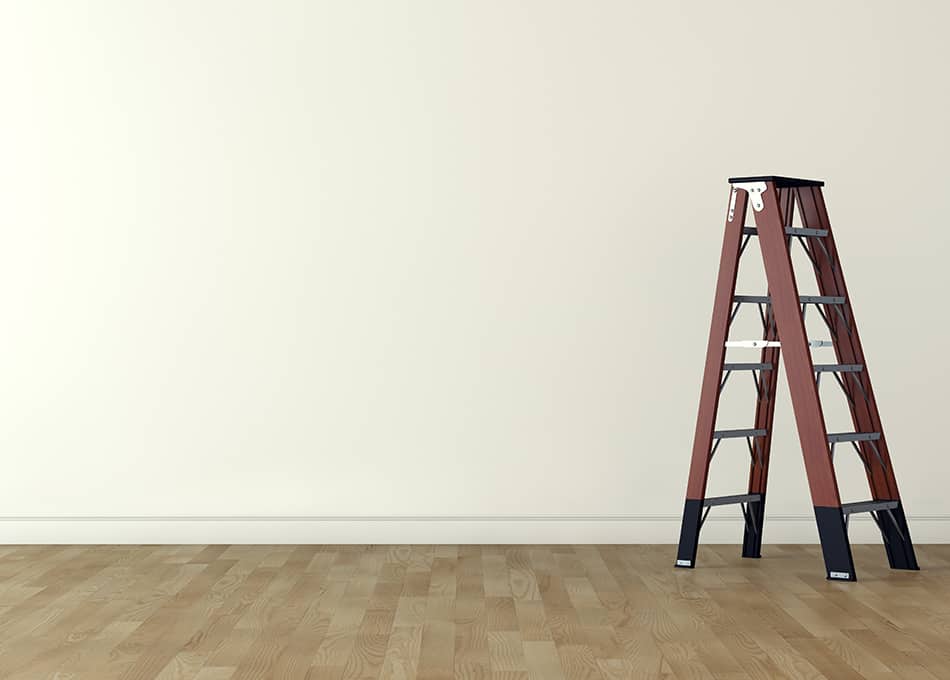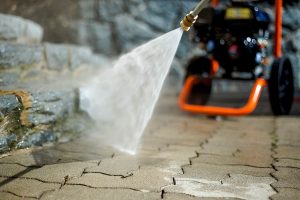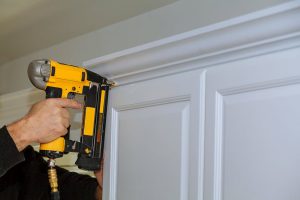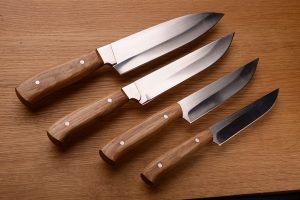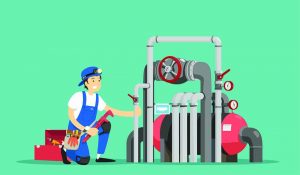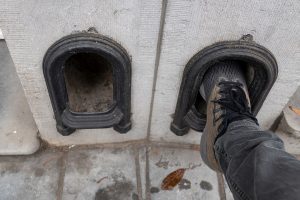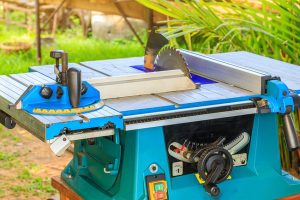Ladders have been around for over 10,000 years, being utilized by many different businesses and professionals, as well as in households. Evidence proving the first existence of ladders comes from The Spider Caves in Valencia, Spain.
Housed inside the cave is a Mesolithic rock painting of two men using a ladder to retrieve honey from a wild honeybee nest. The ladder depicted seems to be a flexible ladder made from a type of grass.
Although this evidence is from approximately 10,000 years ago, researchers are certain that ladders are considerably older than that; being dated right back to the ancient Hebrew and Egyptian times. Over time, different forms of ladders from step ladders to multi-position ladders, have been produced to meet various needs and demands.
Despite the popularity of ladders and their wide range of uses, many people do not know the different parts of a ladder and their functions. There are many different types of ladders; nevertheless, in this article, we are going to focus on the two most used ladders in the world: the extension ladder and the step ladder.
We also put together two diagrams for two different types types of ladders in this article.
Parts of Step Ladder
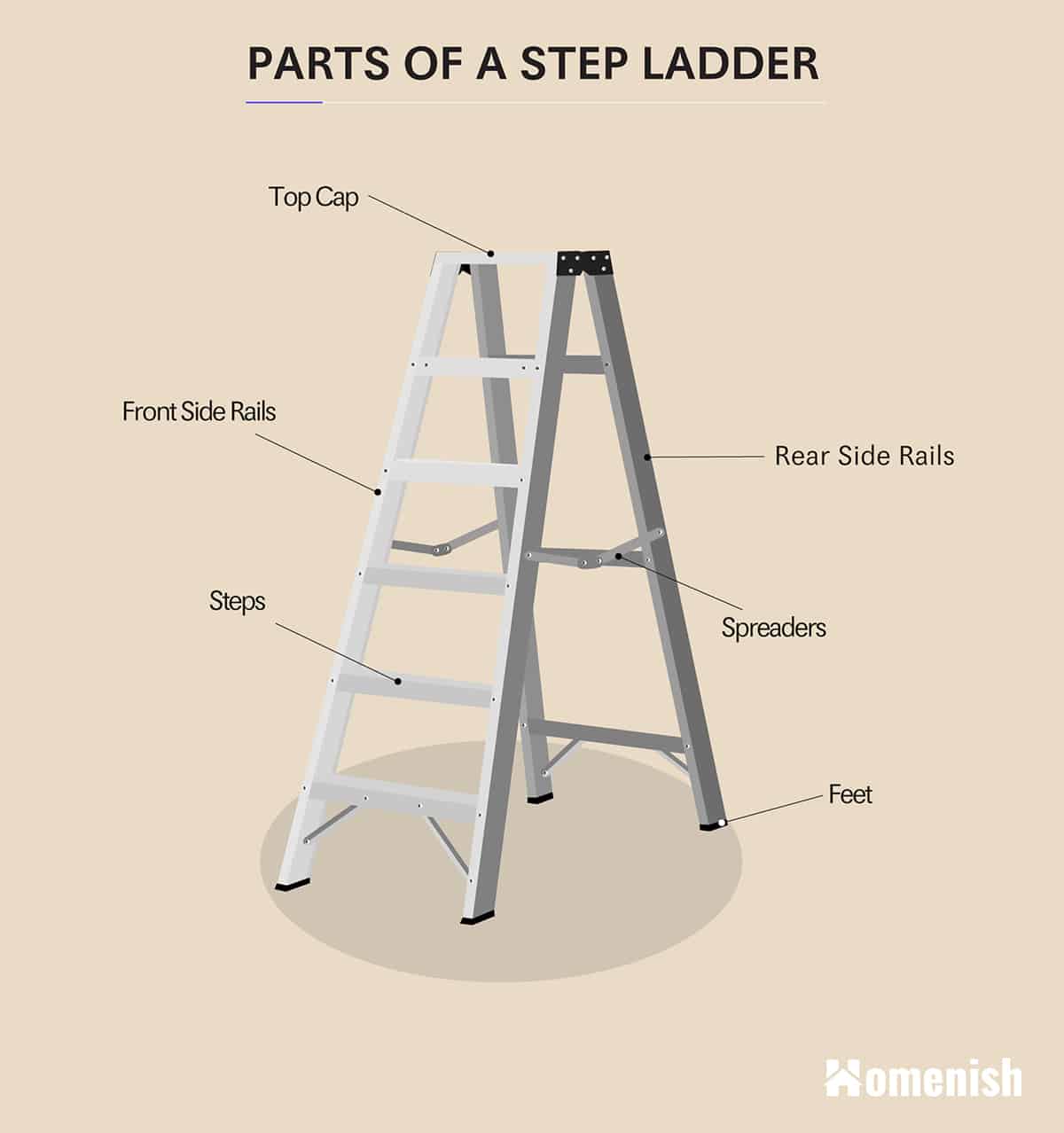
A step ladder is a short folding ladder with flat steps and a platform. Step ladders are self-supporting, meaning that they can be used anywhere and do not rely on being leaned against any kind of support.
The hinged component of a step ladder allows for easy storage. It is very important to be aware of the different parts of a step ladder to aid easy inspection of identifying broken or faulty parts before each use. A step ladder is comprised of five parts, as listed below:
Top Cap
Top caps have not always been present on step ladders. Since the introduction of top caps, the practicality of them has increased greatly. Top caps were originally introduced to assist in securing the step ladder together, although many step ladders now feature a tray-like top cap that can be used to hold various items, including nails, tools, screws, and other small items. The top cap is a non-climbing component of the step ladder.
Rear Side Rails
The rear side rails house the bracing at the back of the step ladder and must never be used for climbing or standing on. Note, however, that there are special types of step ladders that have steps on either side and, therefore, can be used by two people at the same time. The rear side rails are also one of two ‘legs’ that assist the ladder in standing upright.
Front Side Rails
The front side rails house the steps at the front of the step ladder. This is the ‘climbing’ side of the step ladder, unlike the braces in the rear side rails. The front side rails are the other ‘legs’ that assist the ladder in standing upright.
Steps
As above, the steps of a step ladder are housed within front side rails. The steps are used for, well, stepping on! The steps are used for climbing up the ladder. The general rule of thumb is that the top step is never stood upon along with the top cap (see top cap section).
Spreaders
The spreaders of a step ladder are used to prevent the frame of the step ladder from moving too far apart, in addition to locking the frame into place when the step ladder is open so that it does not fall inwards. Some step ladders have an anti-slip coating on the steps to allow for additional grip.
Feet
The main use of step ladder feet is to avert the step ladder from moving and slipping whilst the ladder is being used. It is imperative that the feet on a step ladder are anti-slip and regularly inspected for wear and tear.
Parts of an Extension Ladder
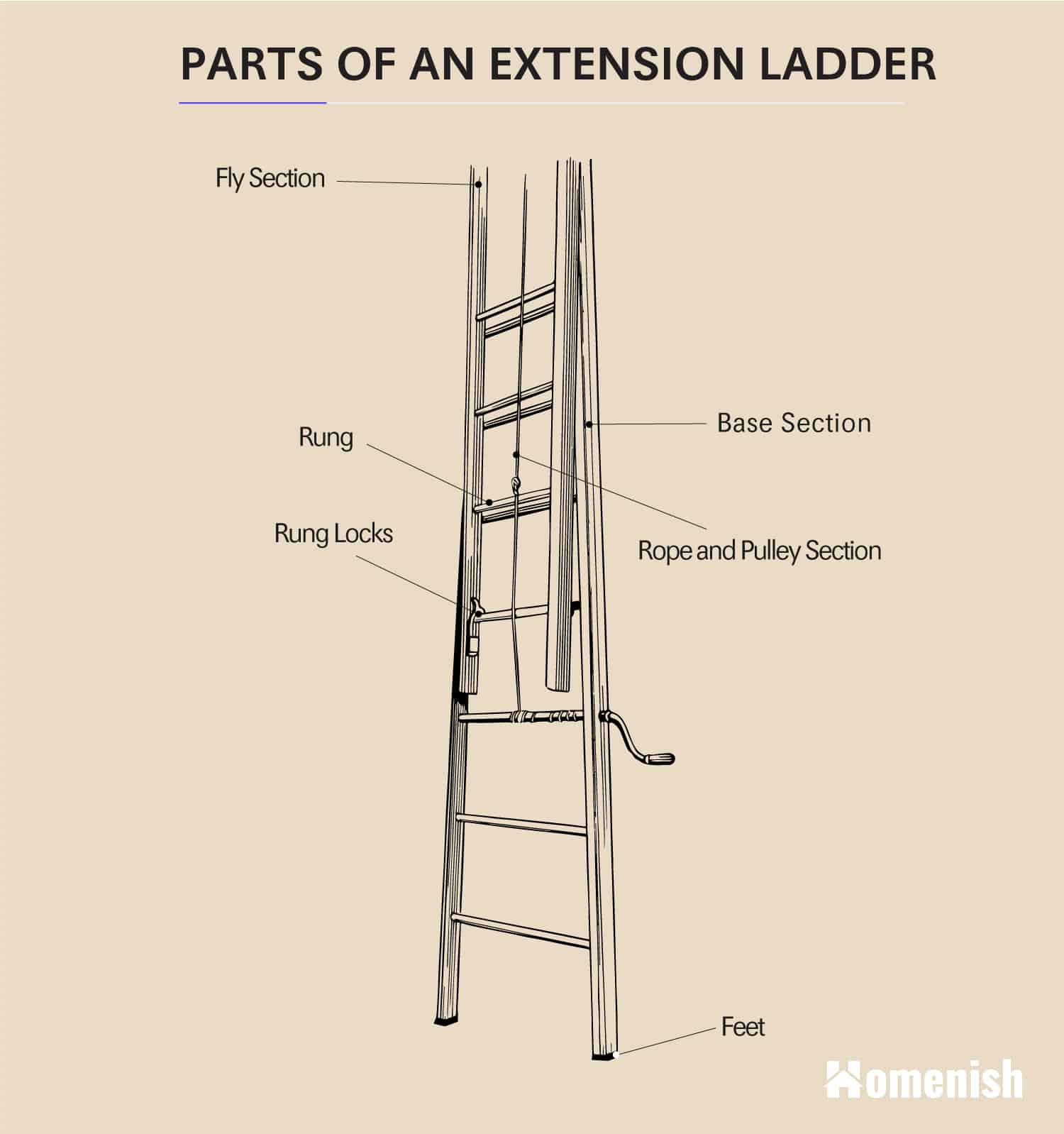
An extension ladder is a leaning ladder that is adjustable in length. Extension ladders are non-self-supporting (as opposed to the step ladder), comprising of two or more sections. The parts of an extension ladder are detailed below:
Fly Section
This part of an extension ladder is what allows the ladder to extend when higher positions are required. In this section, the fly slides up and down. This enables the extension ladder to almost double in height. The fly section is also known as the telescopic section.
Base Section
The base section of an extension ladder never moves, unlike the upper sections that move up and down to extend the ladder. The base section interlocks with the fly section enabling the two sections to function like a rail-type system.
Rope and Pulley Section
The rope and pulley section of an extension ladder allows for the fly section to move up and down. The rope is pulled to elevate the fly section.
Rungs and Rung Locks
The rungs on an extension ladder serve the same purpose as the steps on a step ladder. They are used to climb up and down the ladder. The rungs on an extension ladder are half as deep as those on a step ladder. This is to allow the fly section to slide up and down. Rung locks are in place to lock the fly section of the extension ladder into place. This is to put a stop to the ladder collapsing when extended. When the fly section needs to be retracted, this is easily done as the rung locks hinge upwards to slide over the base rungs.
Feet
As with the step ladder, the feet on an extension ladder serve the same purpose; to stop the extension ladder from slipping and moving when in use. These feet must also be anti-slip to ward off any accidents caused by the extension ladder moving or slipping out of place.
Conclusion
The parts of ladders are essential to the use of each type of ladder. It is very important to buy your ladders from a reputable source where the salesperson is equipped with knowledge of various ladder models.
This will assist you in buying the best ladder suited to your need. As mentioned above, regularly check your ladders for wear and tear and visit your local, reputable store when replacement parts are needed.
